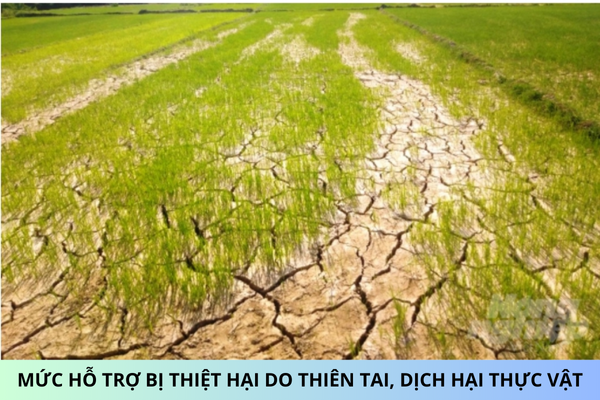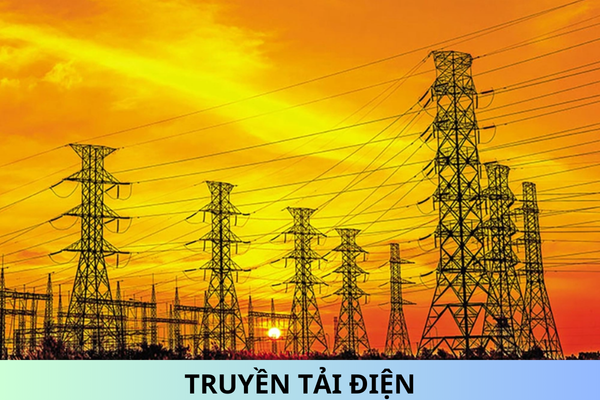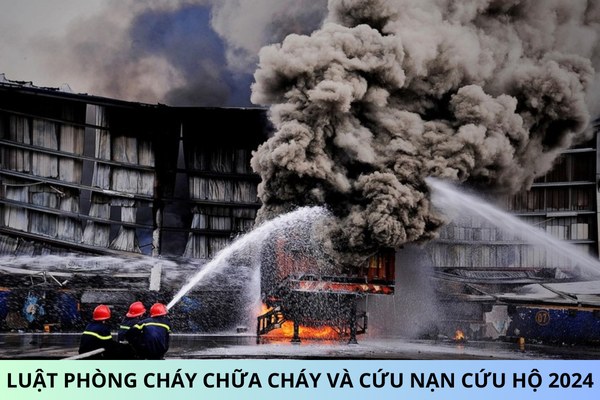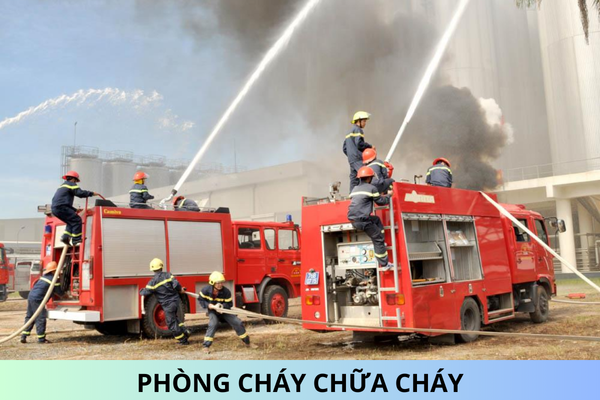Methods for Evaluating Oil and Gas Resources and Reserves: Regulations and Guidelines
The method for evaluating petroleum resources and reserves is stipulated in Article 6 of Circular 24/2020/TT-BCT. To be specific:
- The subjects of petroleum resource and reserve evaluation are petroleum reservoirs and formations.
- Petroleum resources and reserves are calculated using volumetric methods (common methods, 3D geological simulation models, reserve density, analogs), hydrodynamic field dynamics (material balance and extraction simulation), and other methods depending on the level of available data. Specifically:
+ The methods applied include: Common volumetric for all cases; 3D geological simulation models for developed and developing fields; Material balance for extracting fields;
+ Other methods depending on specific conditions but when applied should be justified.
- The results calculated by the methods must be compared and cross-checked.
- For cases of updating petroleum resources and reserves, the calculated results must be compared with previous results and analyze the reasons for changes.
- Petroleum resources, reserves, and their components must be calculated separately for each type of product for each reservoir, each type of containing rock, and evaluate the potential to bring the calculated reserves into extraction.
- The calculation parameters for petroleum resources and reserves must follow a unified system of units. The figures for petroleum resources and reserves must be presented in the International System of Units as prescribed by the Law on Measurement and referenced to international petroleum industry practices.
Sincerely.










